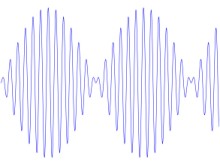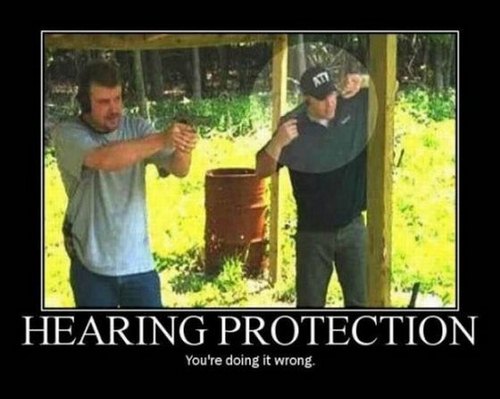If you’re the sort that needs peace and quiet to get anything done, escaping the noise pollution of every day life — regardless of where you’re located — is no easy task. A new device that sticks onto your window, Sono, will not only cancel real-world noise, but isolate the noises you’d prefer to hear, if any.
You live in a corner apartment, and your one, meager window faces a beautiful, serene park. However, in front of that park is a major metropolitan road, host to loud traffic throughout the day. If not for the constant stream of cars and barking dogs, the soothing sounds of chirping birds and the wind rustling through trees would make its way across the street and into your bedroom. With Sono, you can stick the device right on your window, and fiddle with some settings to either cancel out noise entirely, or cancel out the specific noises that are drowning out the peaceful ones.

Sono it’s a concept created by Austrian industrial designer Rudolf Stefanich. Sono works by vibrating a window in a pattern counter to the vibrations caused by the ambient noise, essentially turning the surface into a noise-canceling speaker. During prototype testing, Sono’s transducer used active noise canceling to successfully lower the audio signal by 12 decibels — which would probably do a good job of blocking out quieter sounds in the 30-80 dB range, but you’d still definitely hear traffic and other loud sounds.
The device employs concentric broadband antenna rings, and can be charged through WiFi signals or the standard electric outlet, so your noise shield won’t unceremoniously lower in the middle of the night.
The strength of Sono is not that it can cancel out obnoxious ambient noises, but can still filter pleasant ambient noises through. So, not only can you still get the chirping birds and rustling leaves from that park across the street, but the sounds are natural — not some recreation on your phone that sounds very digital. Though Stefanich’s device is more of a concept than a tangible item, the theory behind the device was successfully tested with that aforementioned prototype, and it is a finalist for the James Dyson Award.
Info from Extreme Tech













